Cross posted from The Stars Hollow Gazette
This is your morning Open Thread. Pour your favorite beverage and review the past and comment on the future.
Find the past “On This Day in History” here.
December 29 is the 363rd day of the year (364th in leap years) in the Gregorian calendar. There are two days remaining until the end of the year.
On this day in 1890, the Wounded Knee Massacre took place near Wounded Knee Creek (Lakota: Cankpe Opi Wakpala) on the Lakota Pine Ridge Indian Reservation in South Dakota.
In the years prior to the Massacre, the U.S. Government continued to coerce the Lakota into signing away more of their lands. The large bison herds, as well as other staple species of the Sioux diet, had been driven nearly to extinction. Congress failed to keep its treaty promises to feed, house, clothe and protect reservation lands from encroachment by settlers and gold miners; as well as failing to properly oversee the Indian Agents. As a result there was unrest on the reservations.
On December 28, the day before the massacre, , a detachment of the U.S. 7th Cavalry Regiment commanded by Major Samuel M. Whitside intercepted Spotted Elk’s (Big Foot) band of Miniconjou Lakota and 38 Hunkpapa Lakota near Porcupine Butte and escorted them 5 miles westward (8 km) to Wounded Knee Creek where they made camp.
The rest of the 7th Cavalry Regiment arrived led by Colonel James Forsyth and surrounded the encampment supported by four Hotchkiss guns.
On the morning of December 29, the troops went into the camp to disarm the Lakota. One version of events claims that during the process of disarming the Lakota, a deaf tribesman named Black Coyote was reluctant to give up his rifle claiming he had paid a lot for it. A scuffle over Black Coyote’s rifle escalated and a shot was fired which resulted in the 7th Cavalry opening firing indiscriminately from all sides, killing men, women, and children, as well as some of their own fellow troopers. Those few Lakota warriors who still had weapons began shooting back at the attacking troopers, who quickly suppressed the Lakota fire. The surviving Lakota fled, but U.S. cavalrymen pursued and killed many who were unarmed.
By the time it was over, at least 150 men, women, and children of the Lakota Sioux had been killed and 51 wounded (4 men, 47 women and children, some of whom died later); some estimates placed the number of dead at 300. Twenty-five troopers also died, and thirty-nine were wounded (6 of the wounded would also die). It is believed that many were the victims of friendly fire, as the shooting took place at close range in chaotic conditions.
More than 80 years after the massacre, beginning on February 27, 1973, Wounded Knee was the site of the Wounded Knee incident, a 71-day standoff between federal authorities and militants of the American Indian Movement.
The site has been designated a National Historic Landmark.

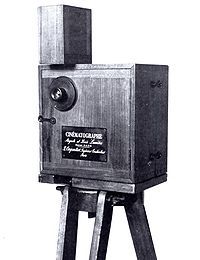 On this day in 1895,
On this day in 1895, 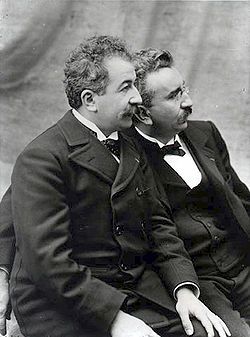
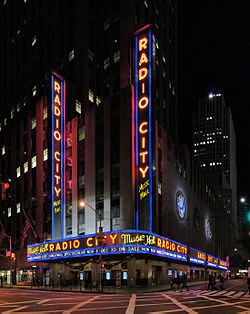 On this day in 1932,
On this day in 1932,  On this day in 1776,
On this day in 1776, 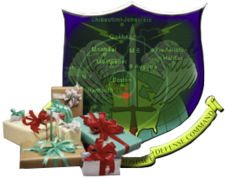 On this day in 1955,
On this day in 1955, 

 In April 1803, the United States purchased from France the 828,000 square miles that had formerly been French Louisiana. The area was divided into two territories: the northern half was Louisiana Territory, the largely unsettled (though home to many Indians) frontier section that was later explored by Lewis and Clark; and the southern Orleans Territory, which was populated by Europeans.
In April 1803, the United States purchased from France the 828,000 square miles that had formerly been French Louisiana. The area was divided into two territories: the northern half was Louisiana Territory, the largely unsettled (though home to many Indians) frontier section that was later explored by Lewis and Clark; and the southern Orleans Territory, which was populated by Europeans.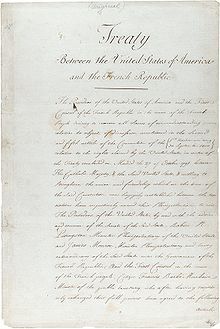
 When these phrases appeared in the pages of the Pennsylvania Journal for the first time, General George Washington’s troops were encamped at McKonkey’s Ferry on the Delaware River opposite Trenton, New Jersey. In August, they had suffered humiliating defeats and lost New York City to British troops. Between September and December, 11,000 American volunteers gave up the fight and returned to their families. General Washington could foresee the destiny of a rebellion without an army if the rest of his men returned home when their service contracts expired on December 31. He knew that without an upswing in morale and a significant victory, the American Revolution would come to a swift and humiliating end.
When these phrases appeared in the pages of the Pennsylvania Journal for the first time, General George Washington’s troops were encamped at McKonkey’s Ferry on the Delaware River opposite Trenton, New Jersey. In August, they had suffered humiliating defeats and lost New York City to British troops. Between September and December, 11,000 American volunteers gave up the fight and returned to their families. General Washington could foresee the destiny of a rebellion without an army if the rest of his men returned home when their service contracts expired on December 31. He knew that without an upswing in morale and a significant victory, the American Revolution would come to a swift and humiliating end.